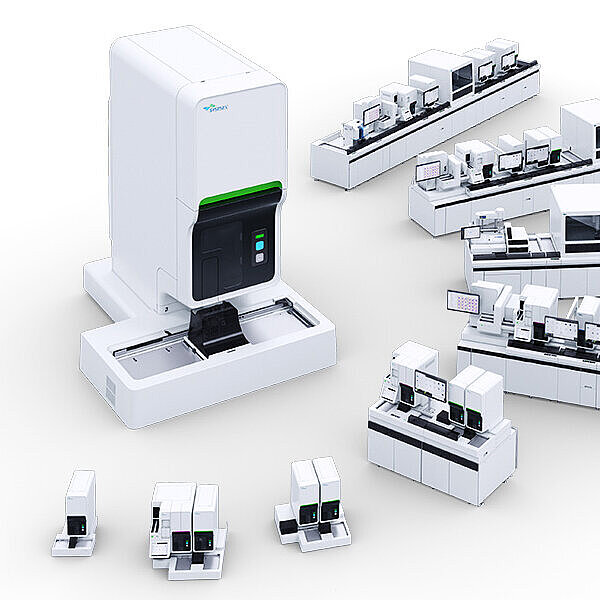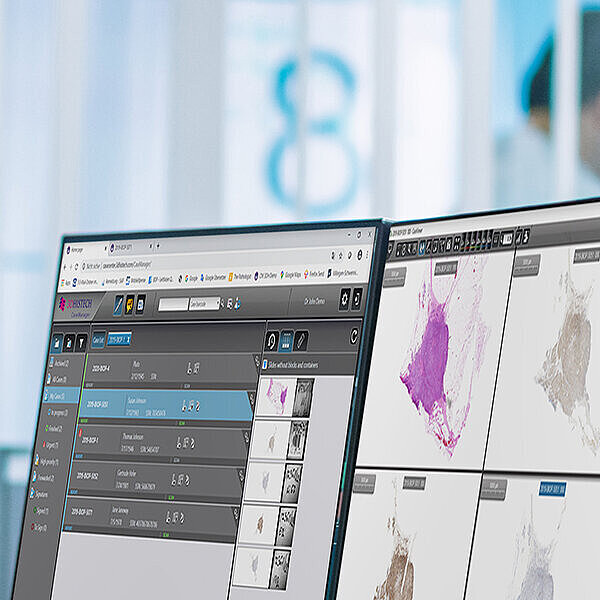Digital imaging makes laboratory life easier
Manual differentials of white blood cell counts are tricky, labour-intensive and generally take between 2 and 10 minutes per smear. Their method has not changed much in decades. But the quality, ergonomics and automation of microscopes have. Digital imaging (DI) can now make your work as a lab user far easier, more effective and more efficient.
Manual differentials demand a strong combination of experience and training to achieve an acceptable level of competency. Specific identification of individual white cells occurs by subjective interpretation of various cellular features. This is influenced by how a cell appears relative to other cells on the slide. Often there are atypical forms of a cell type present due to disease and the treatment that is being administered at the time. Since it is not uncommon for technologists to disagree on the identity of a cell, laboratories struggle to improve the consistency of results.
Our digital imaging solutions help. First, one of the benefits of DI is standardisation. Since the DI devices use the same processes each time, the devices always classify the cells present in the same way. This eliminates the potential for human misclassification. Second, since the feature parameters are compared to a standardised neural network database accuracy is significantly increased too.
You will also save time. First, the system finds the cells automatically instead of through manual counting. Second, all cells are presented on a single screen so that you see at a glance whether the sample is normal or not – in manual counting one can only view cells individually. Finally, data is generated and stored electronically so it is available at all times. This eliminates data input requirements and lets you compare new data to patients’ historical images.
Digital imaging reduces labour costs and can shift labour to more valuable activities. And thanks to the improved standardisation and classification accuracy, can potentially improve the quality of patient care.

